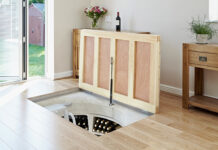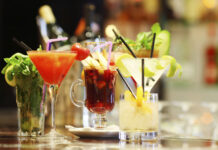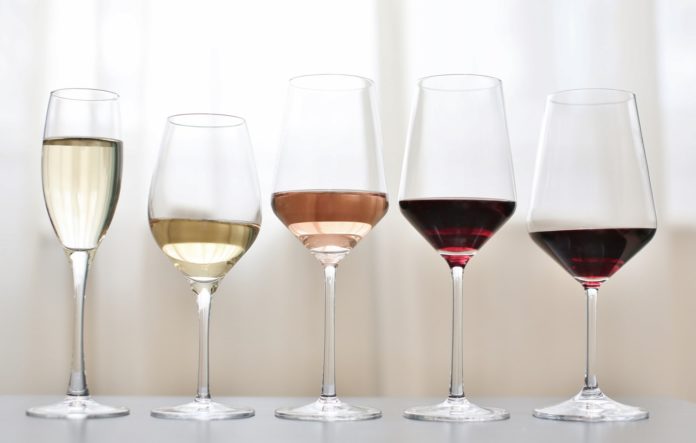
Wine is a drink which goes with almost everything and can be enjoyed on every occasion. In order to consume it, you’ll need a vessel. However, when it comes to determining which glass is best to use, it can be a very challenging task.
So, we decided to list all types of wine glasses you should know about, as well as, everything you need to know about a wine glass.
Different Parts of a Wine Glass
Before discussing the different types of wine glasses there are, let’s take a closer look at the different parts of a wine glass and what is their purpose. Every wine glass has a base, a stem, a bowl, and a rim. The bowl and its size and shape affect how the aromas of the wine are released.
So, every time before sipping wine, make sure you pour wine to roughly one-third of the bowl’s height and swirl it to release the aromas. Large glasses are perfect for red wines as they can aerate and oxidize the wine to let the complex flavors breathe.
On the other hand, narrow wine glasses are perfect for white wine as they preserve the flavor and prevent oxidation. The narrowest wine glasses, also known as champagne flutes, are ideal for champagne as they keep the bubbles.
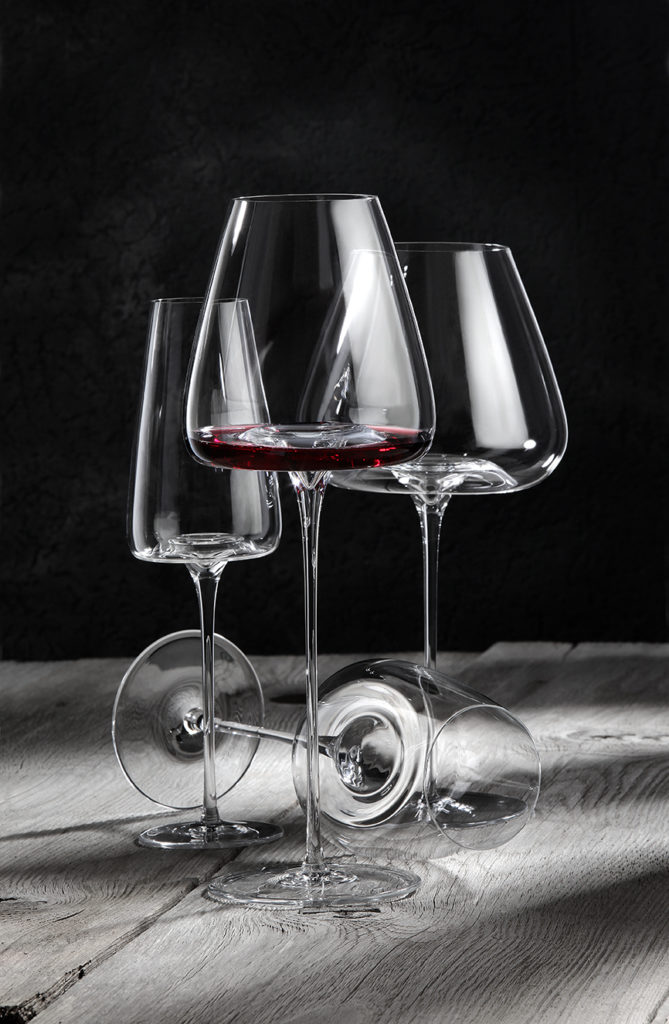
Types of Wine Glasses
1. White
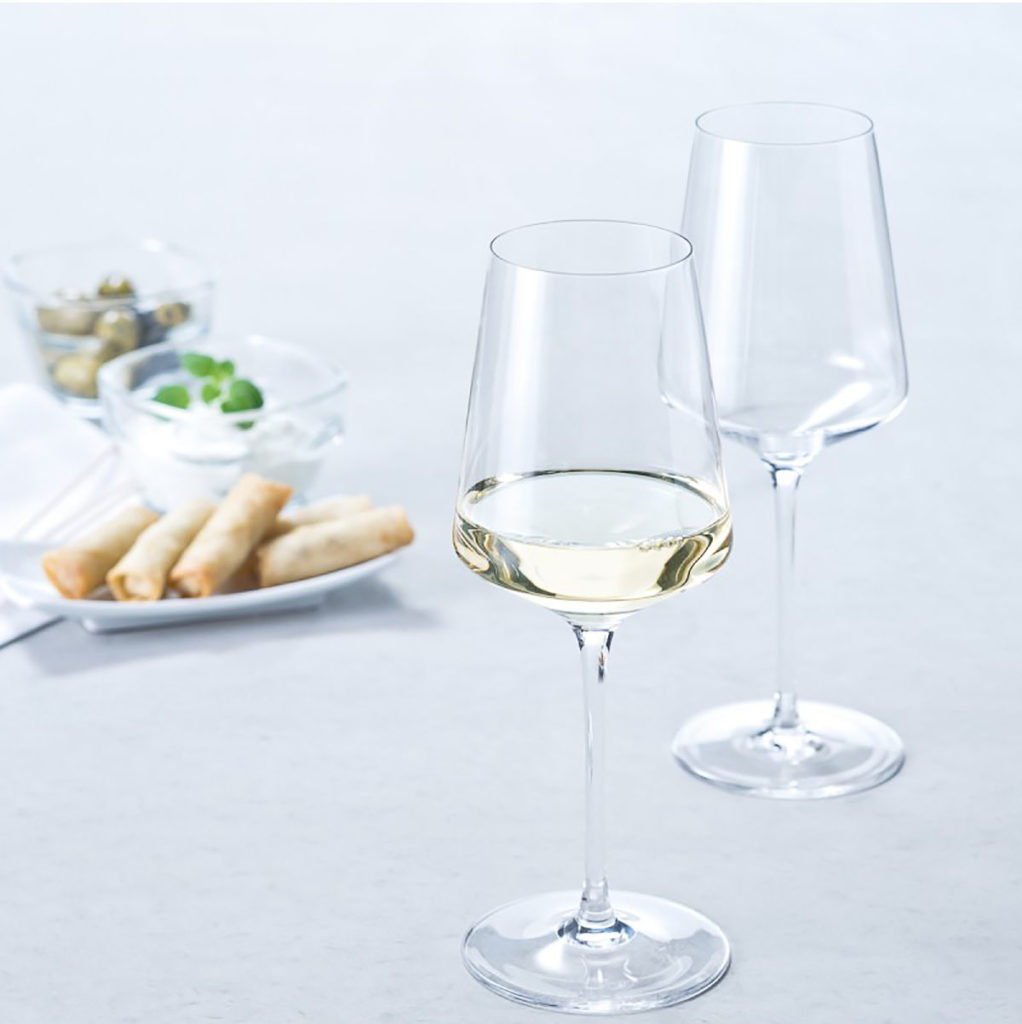

2. Cabernet
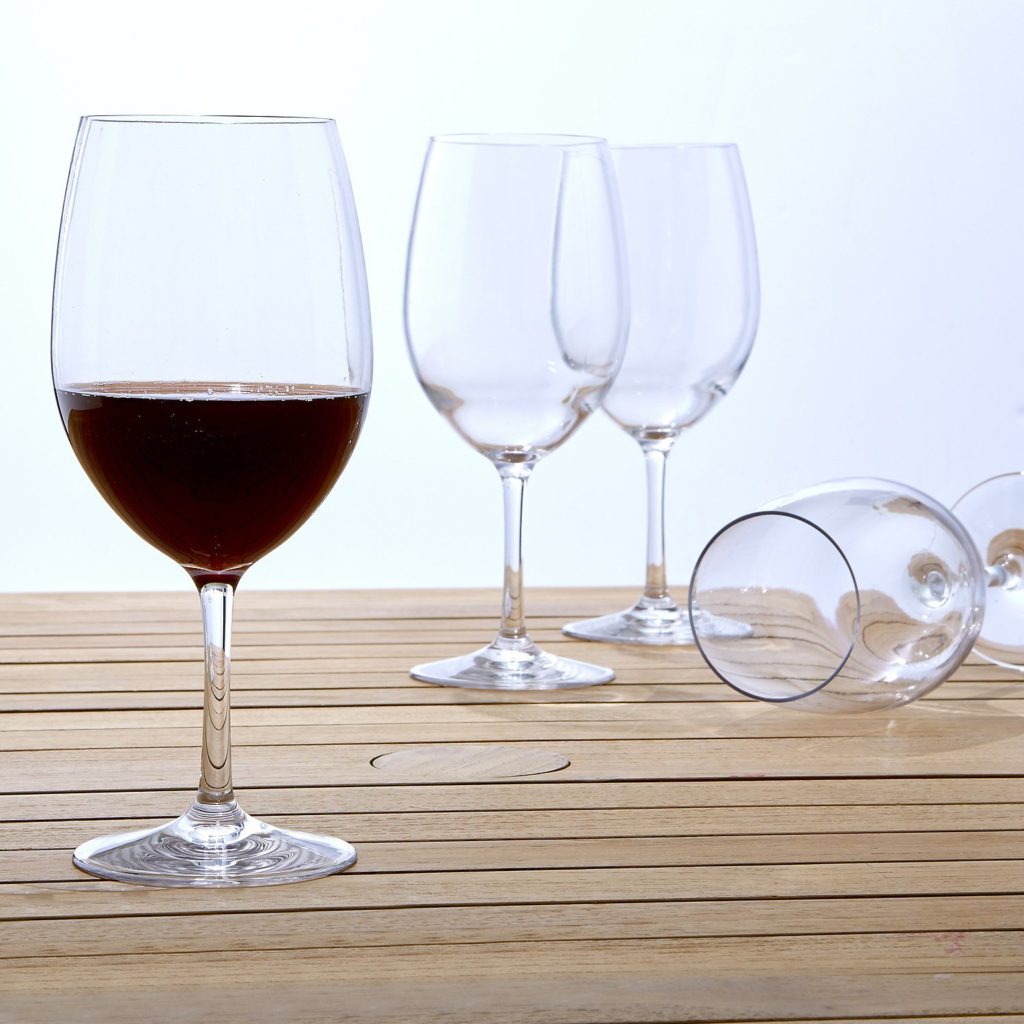
Cabernet glasses are characteristic of their large bowl and tall stem and are often used as universal red wine glasses. The large bowl is essential as it gives the wine more surface area to breathe and oxidize.
Consequently, the wine natural aromas are released and the flavor is enhanced. Moreover, the shape of the glass directs the wine to the center of the palate, which reduces the effects of tannins.
3. Bordeaux
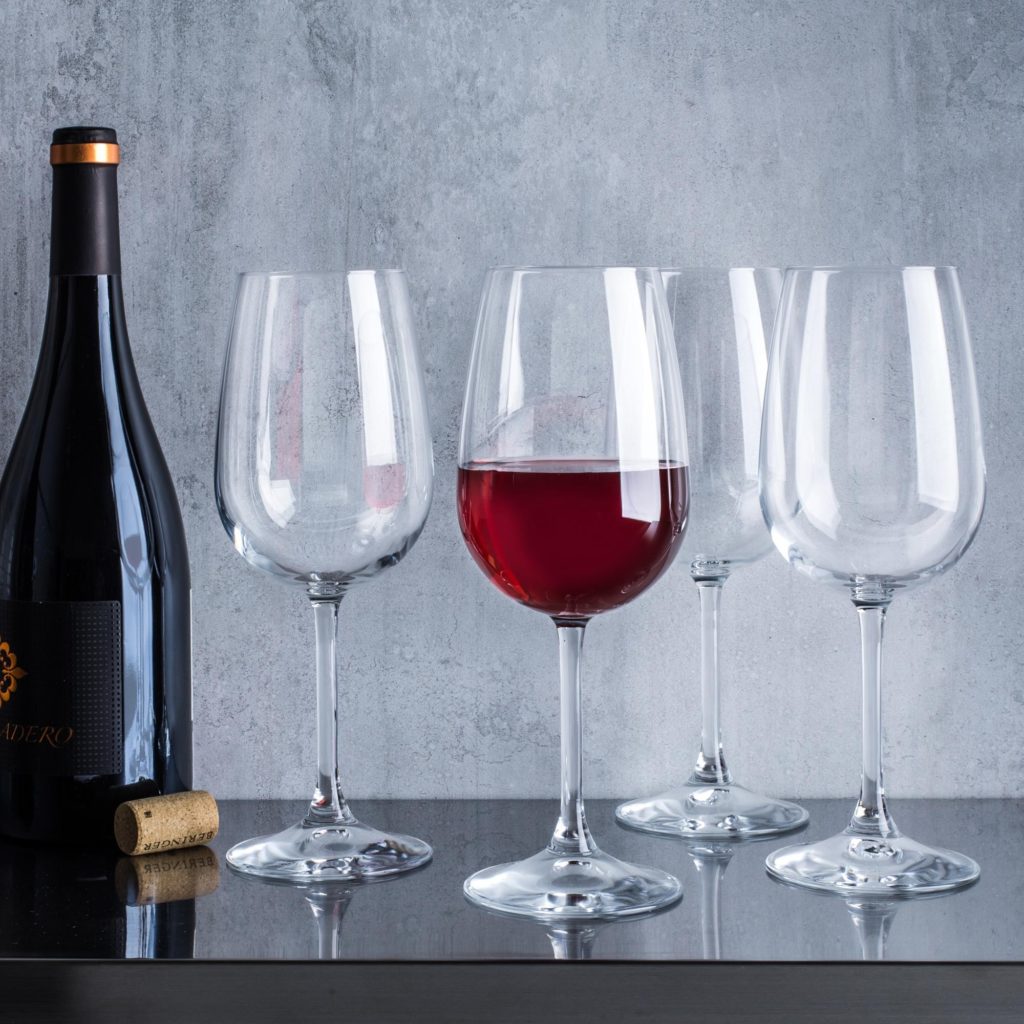

Moreover, the shape of these glasses reduces the effects of tannins and concentrates the wine to the back of the tongue.
4. Pinot Noir
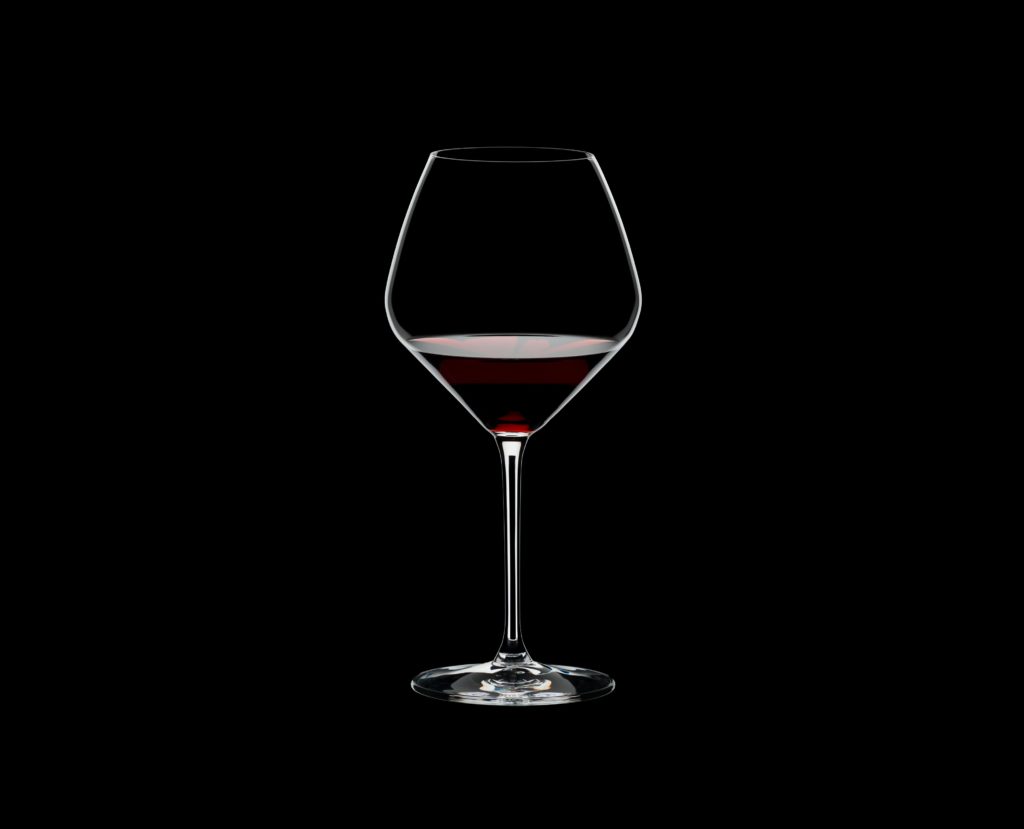

5. Burgundy
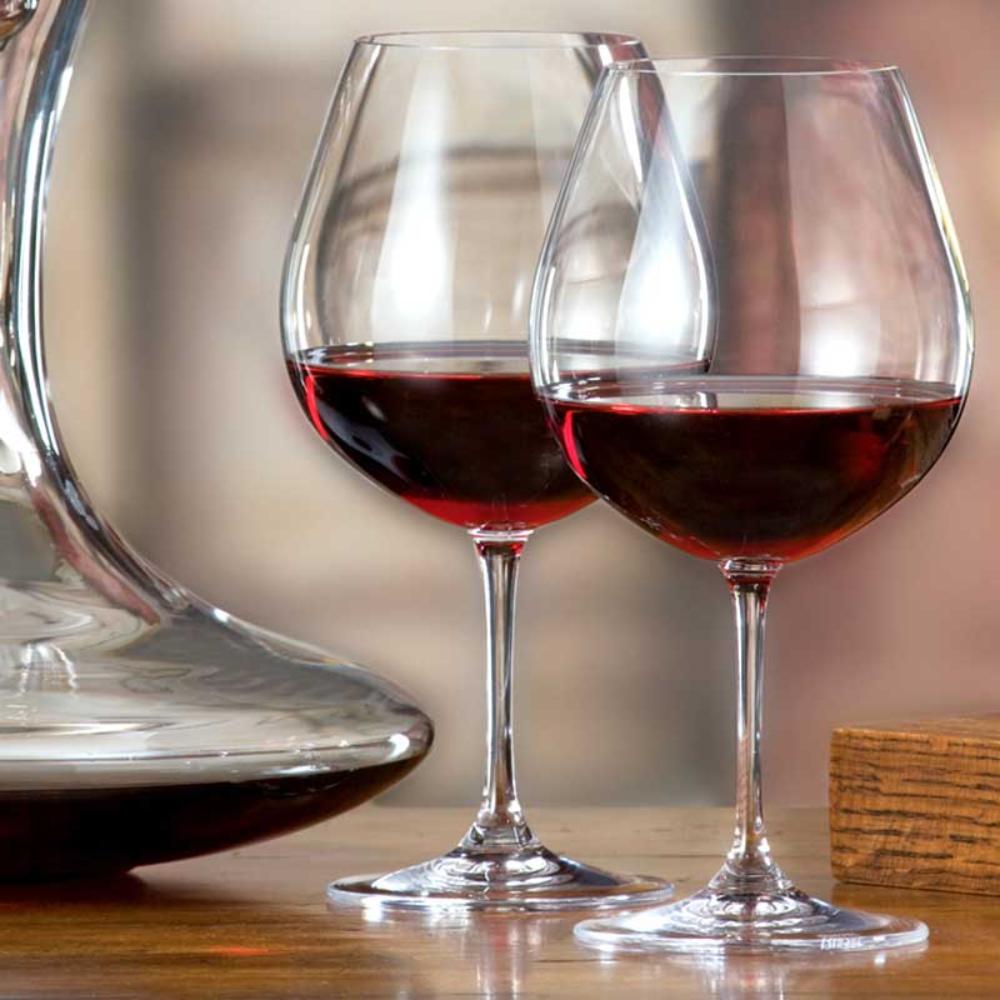

6. Zinfandel
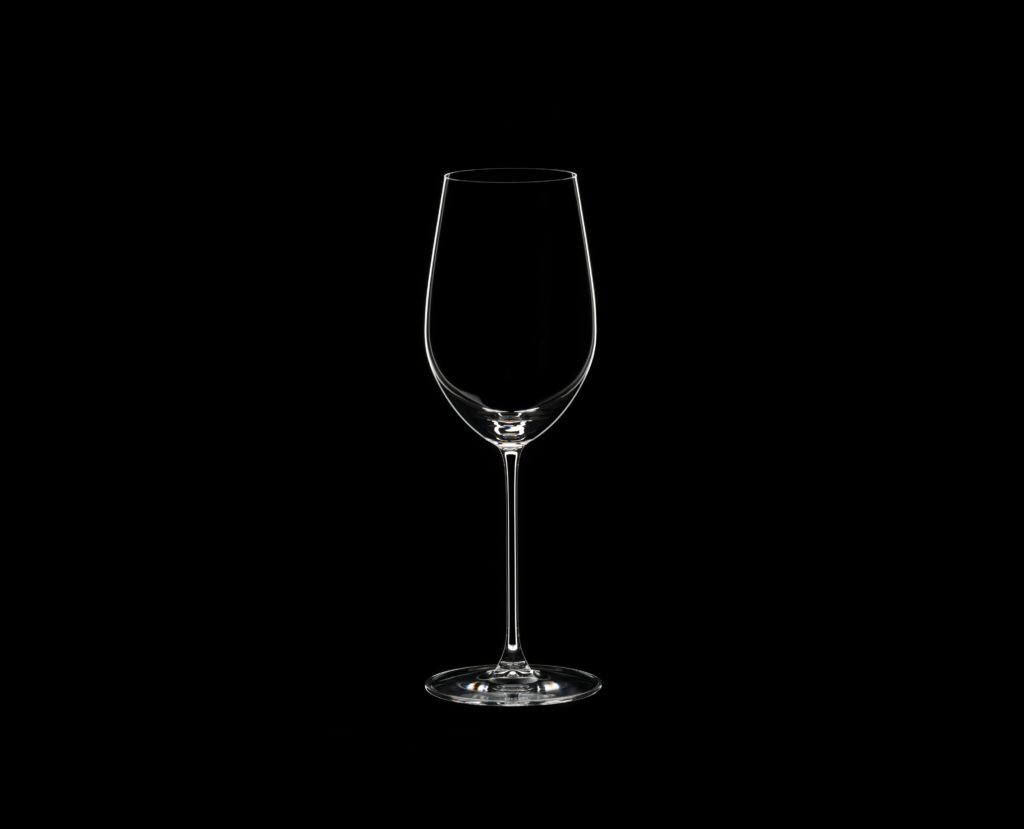

7. Chardonnay
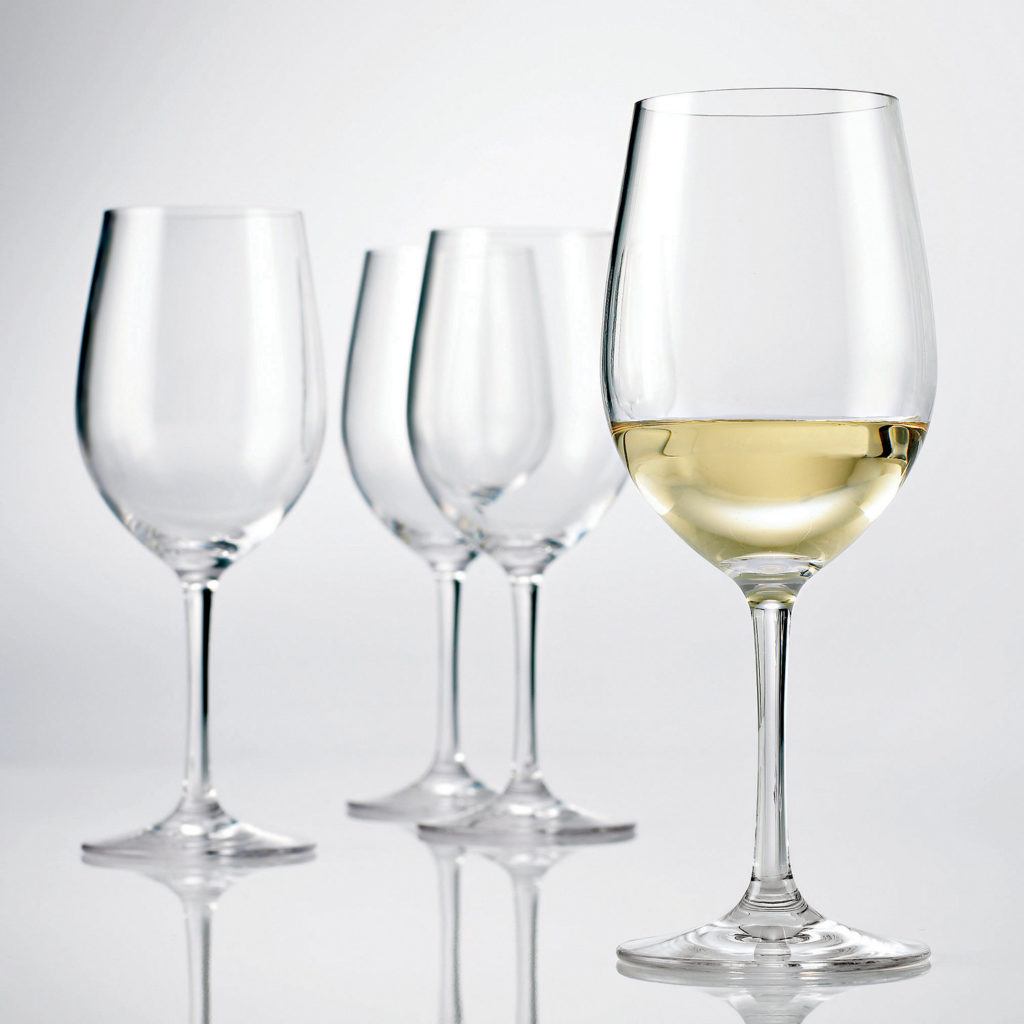

8. Champagne


9. Rosé
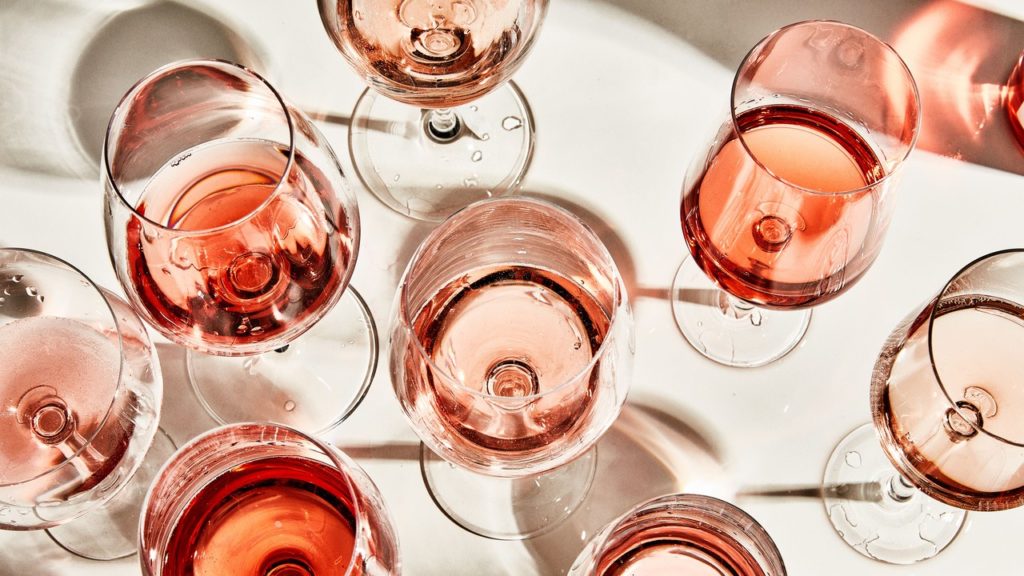

10. Port
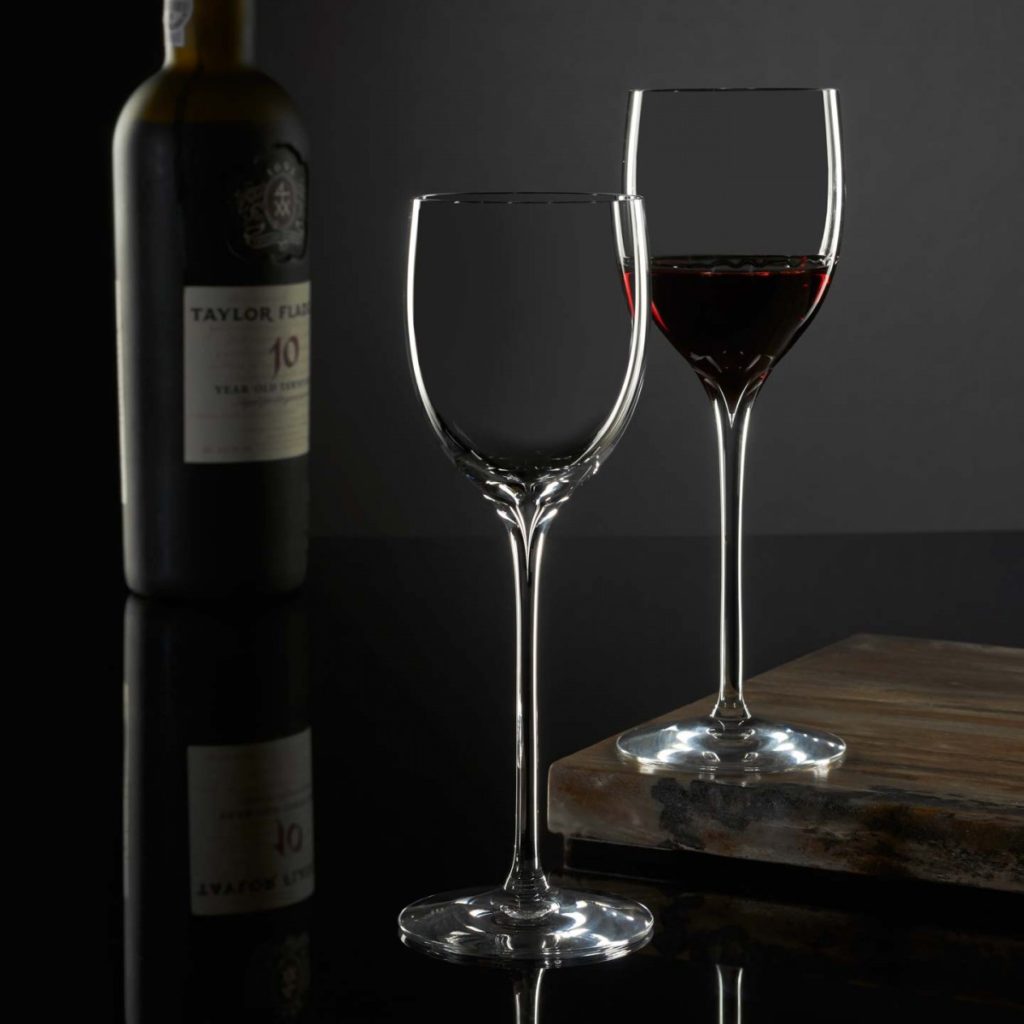

Materials
Now that you know what type of glass you need for every wine you have to also consider the material of the vessel. Wine glasses can be made of crystal, acrylic, hand-made glass or machine-made glass.
The crystal glasses are thinner, durable and they enhance the tasting experience. The acrylic glasses are affordable, dishwasher-safe, and a very stylish choice. The handmade glasses, or mouthblown glasses, are more expensive and provide a unique wine-drinking experience, while the machine-made glasses are more casual and less expensive.
Nevertheless, what kind of glass material you will choose depends mainly on your personal preferences.
Additional Wine Tools and Accessories You Should Have
Besides wine glasses, which are essential, there are several wine tools and accessories you should have for the ultimate wine drinking and serving experience. Thus, you will also need a decanter, which will allow a slow opening of the wine. You will also need an aerator, which accelerates the oxidation process as you serve the red wine.
Moreover, a wine thermometer is highly recommended as it helps you achieve the right temperature for releasing the aromas. Note that white and rosé wines are best served at 50 to 60 degrees, sparkling wines at 40 to 50 degrees, while red wines are best served at 60 to 70 degrees.
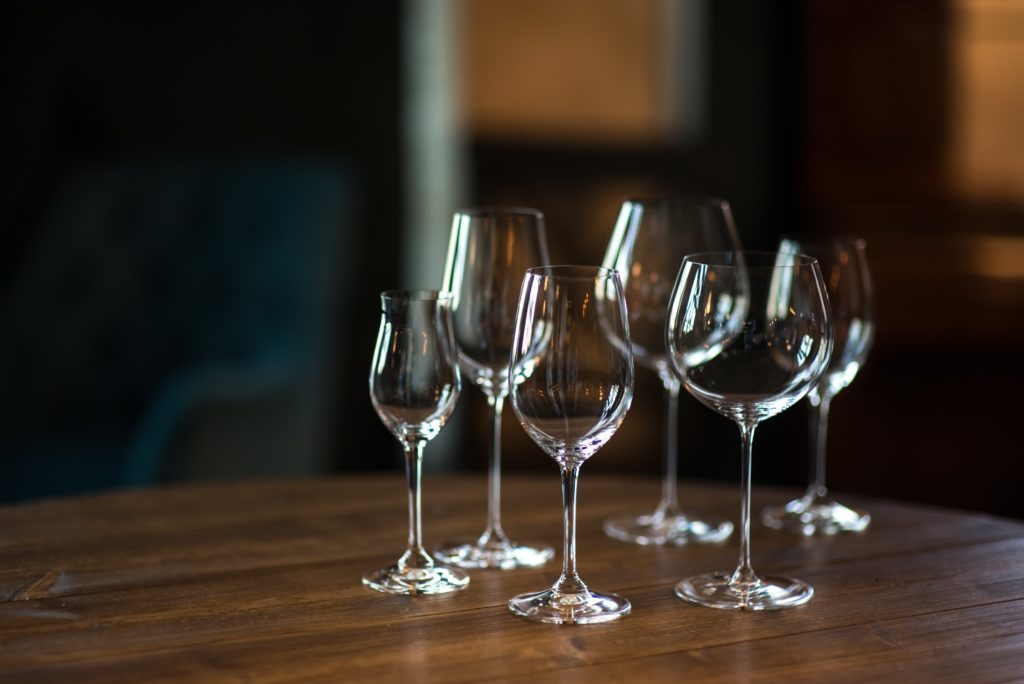
Additionally, you can also get a wine cooler, which will help you keep the wine at a proper temperature when you bring it to the table. A wine cooler will also reduce condensation. However, if a certain wine variety is best served at cold temperatures, you can also use an ice bucket.
Last but not least, you will also benefit from a wine stopper, which will help you save the wine for later. The wine stopper creates a vacuum seal, which slows down the oxidation process. So, you can even keep the wine for even a whole week and its aromas will still be preserved.
Don’t miss:
No products found.

